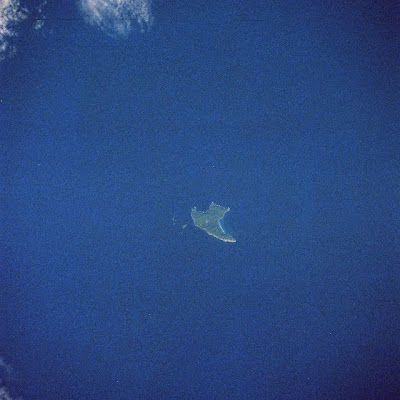

Last year a group of artists from the South Pacific region, including Phil Dadson and John Reynolds, travelled on HMNZS Otago to a place rarely explored - the Kermadec Islands. The project was an initiative of the Pew Environment Group's Global Ocean Legacy programme, which promotes the designation of large, highly-protected marine reserves.
The Kermadecs are the most remote part of New Zealand. Despite their historical, as well as mythological significance, public awareness of the islands and surrounding waters is slight. The voyage aimed to change that by documenting an imaginatively-charged encounter with one of the least known natural wilderness areas on the planet.
The resulting exhibition, Kermadecs: Nine artists in the South Pacific, opens tonight at Auckland's Maritime Museum.
Dadson and Reynolds see the exhibition as a way to underpin efforts to protect the region, placing pressure the New Zealand government to protect the Kermadecs for all time by designating it as a marine sanctuary, free from fishing and mineral exploitation, making it the world's biggest marine reserve."The Challenge is to try to find a voice, an effective voice, for expressing concerns about the very real threat this part of the ocean is under", says Reynolds. "We understand from PEW that the National Government caucus agrees it's a worthy cause, but it remains unactioned."
Image: NASA photograph of Raoul Island, the Kermadecs, and still from Phil Dadson's video PAX (2011)
The resulting exhibition, Kermadecs: Nine artists in the South Pacific, opens tonight at Auckland's Maritime Museum.
Dadson and Reynolds see the exhibition as a way to underpin efforts to protect the region, placing pressure the New Zealand government to protect the Kermadecs for all time by designating it as a marine sanctuary, free from fishing and mineral exploitation, making it the world's biggest marine reserve."The Challenge is to try to find a voice, an effective voice, for expressing concerns about the very real threat this part of the ocean is under", says Reynolds. "We understand from PEW that the National Government caucus agrees it's a worthy cause, but it remains unactioned."
Image: NASA photograph of Raoul Island, the Kermadecs, and still from Phil Dadson's video PAX (2011)
